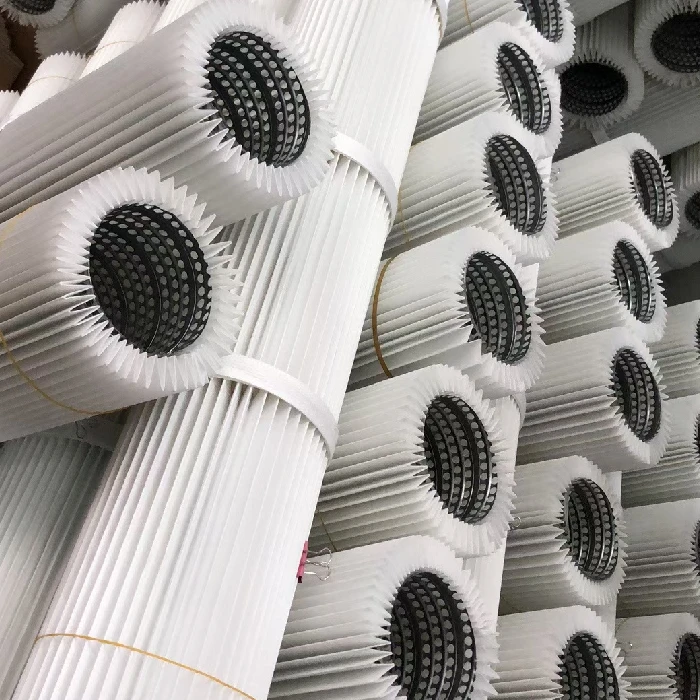Nov . 30, 2024 06:47 Back to list
sandblasted glass
The Art and Utility of Sandblasted Glass
Sandblasted glass, a captivating material that marries functionality with aesthetics, has garnered attention in various fields, including architecture, interior design, and art. This unique technique involves the use of sand or other abrasives propelled at high speeds to etch or frost the surface of glass, creating intricate patterns, textures, and designs. The process not only transforms the transparent medium into a visually striking element but also enhances its practical applications.
The history of sandblasted glass can be traced back to the late 19th century when artists and craftsmen began experimenting with different methods to manipulate glass surfaces. This innovation allowed for the creation of frosted glass, which became popular for windows, doors, and decorative elements. The soft diffused light that emanates from sandblasted surfaces has a unique charm, making them a favored choice for spaces that require privacy without sacrificing natural illumination.
One of the primary benefits of sandblasted glass is its versatility. It can be used in a variety of applications, from residential to commercial settings. In homes, sandblasted glass is often employed in bathroom partitions, shower doors, and sliding doors. Its ability to obscure visibility while still allowing light to filter through makes it an ideal option for spaces where privacy is paramount. Additionally, it is frequently used in interior partitions and accent walls, adding texture and depth to a room.
sandblasted glass

In commercial settings, sandblasted glass serves both functional and aesthetic roles
. It is commonly utilized in office buildings, where it can be used for conference room partitions, allowing for transparency while maintaining confidentiality. The frosted appearance also softens the harsh lines of modern architecture, contributing to a more cohesive and inviting environment. Moreover, businesses often leverage sandblasted glass to enhance their branding through custom designs or logos, creating a distinctive identity that aligns with their corporate image.Aside from its practical uses, sandblasted glass is also a medium for artistic expression. Many artists and craftspeople have embraced the technique to create stunning works of art. From large-scale installations to small decorative pieces, the possibilities are virtually limitless. By manipulating the depth of the sandblasting, artists can achieve varying levels of opacity and texture, resulting in pieces that engage viewers and invite contemplation.
The environmental benefits of using sandblasted glass should not be overlooked. Glass is a sustainable material, and when sandblasted, it can be recycled or repurposed, contributing to a reduction in waste. Additionally, the process does not involve harmful chemicals, making it an eco-friendly alternative to other types of glass treatments. As sustainability becomes increasingly important in design and architecture, sandblasted glass stands out as a responsible choice.
In conclusion, sandblasted glass represents a harmonious blend of artistry and practicality. Its ability to provide privacy, diffuse light, and serve as a canvas for artistic expression makes it a sought-after material in various domains. From residential homes that value comfort and aesthetics to commercial spaces emphasizing professionalism and branding, sandblasted glass continues to find its place in modern design. As technology advances and creative uses are discovered, this timeless technique will undoubtedly remain relevant and celebrated for generations to come.
-
Safety and Style with Premium Laminated Glass Solutions
NewsJun.24,2025
-
Reinvents Security with Premium Wired Glass
NewsJun.24,2025
-
Premium Float Glass Line for Modern Architecture
NewsJun.24,2025
-
Low Emissivity Glass for Energy-Efficient Architecture
NewsJun.24,2025
-
High-Performance Insulated Glass Solutions for Modern Architecture
NewsJun.24,2025
-
Elevates Interior Style with Premium Silver Mirror
NewsJun.24,2025
Related PRODUCTS














